Professional Courses
Industry-relevant training in Business, Technology, and Design
Categories
Interactive Games
Fun games to boost memory, math, typing, and English skills
Typing
Memory
Math
English Adventures
Knowledge
A Step-by-Step Guide to JEE Advanced Registration
A Step-by-Step Guide to JEE Advanced Registration

For every IIT aspirant, JEE Advanced is the final gateway. It is the exam that decides who makes it into the prestigious Indian Institutes of Technology. But before you can sit for the test, there is one crucial step: JEE Advanced registration. Every year, students with high scores in JEE Main qualify for this stage, but many miss out simply because they don’t follow the registration process correctly.
This guide will walk you through everything you need to know about how to register for JEE Advanced. From eligibility requirements to filling the form, uploading documents, paying fees, and checking your confirmation, we will cover each step clearly. By the end, you will know exactly what to do and what mistakes to avoid.
Why JEE Advanced Registration Matters
JEE Advanced is not an open exam. Unlike JEE Main, where anyone can apply, only the top candidates in JEE Main are allowed to appear for JEE Advanced. This makes the registration process more exclusive and also more critical. If you don’t complete it properly within the given time, you lose your chance to appear, even if you qualified in JEE Main.
The registration is conducted online through the official JEE Advanced website (jeeadv.ac.in). It usually opens soon after the JEE Main results are announced. The registration window is short, generally about a week so students must be alert and ready with their documents.
Step 1: Check Your Eligibility
Before you register, confirm that you are eligible. Only students who qualify JEE Main in the top 2.5 lakh ranks are invited. Within this pool, reservation rules for categories (GEN-EWS, OBC-NCL, SC, ST, PwD) are applied.
Other eligibility conditions include:
- Attempts: You can attempt JEE Advanced a maximum of two times in two consecutive years.
- Class 12 Passing Year: You must have passed Class 12 (or equivalent) either in the same year as the exam or the year before.
- Subjects Studied: Physics, Chemistry, and Mathematics must be part of your Class 12 curriculum.
If you don’t meet these requirements, you cannot proceed with registration.
Step 2: Gather Required Documents
When the registration opens, you’ll need to upload scanned copies of certain documents. Having them ready in advance saves time and reduces stress.
These usually include:
- Class 10 certificate for date of birth proof.
- Class 12 marksheet (if already available).
- Category certificate (SC/ST/OBC-NCL/EWS), if applicable.
- PwD certificate, if applicable.
- Scribe request letter, if required.
- Passport-size photograph and signature in the prescribed format.
- For foreign candidates, passport and other relevant documents.
Make sure your documents are clear, scanned properly, and within the size limits mentioned in the registration guidelines.
Step 3: Log In Using JEE Main Credentials
To begin, visit the official website On the registration page, you’ll be asked to log in using your JEE Main roll number, date of birth, and password. Since JEE Advanced eligibility is linked to JEE Main, this ensures only qualified candidates can access the form.
Once logged in, you will see your basic details already filled in. Check them carefully for accuracy. If anything looks wrong, contact the authorities immediately rather than trying to edit it on your own.
Step 4: Fill in Personal and Academic Details
After logging in, you’ll be asked to complete additional details. These include your communication address, choice of examination cities, and academic records. Fill everything carefully and double-check before moving ahead.
You will also be asked to select the language of the question paper. JEE Advanced is available in English and Hindi, and in some centres, other regional languages as well. Choose the one you are most comfortable with.
Step 5: Upload Documents
Next, upload the scanned documents you prepared earlier. Follow the specifications closely, especially file format,. Size, and resolution also matter. Incorrect uploads can lead to rejection of your form.
For example, your photograph should be recent, in colour, with a white background. Your signature should be in black ink on white paper. Category and PwD certificates should be in the prescribed government format.
Step 6: Pay the Registration Fee
Once your details and documents are submitted, the next step is fee payment. The fee varies by category and by whether you are an Indian or foreign candidate.
- For Indian candidates, the fee usually ranges from ₹1400 to ₹2800, depending on category and gender.
- For foreign candidates, the fee is higher.
Payment can be made online using debit card, credit card, net banking, or UPI. After payment, make sure you download the receipt.
Step 7: Print the Confirmation Page
After successful payment, your registration is complete. The system will generate a confirmation page. Download and print it immediately. Keep multiple copies safe, as you will need it for downloading the admit card later.
This page is proof that your registration is accepted. If you don’t see a confirmation page, it means something went wrong in the process, perhaps the fee wasn’t processed correctly. In such cases, contact the helpdesk immediately.
Common Mistakes to Avoid During Registration
Every year, some students lose their chance simply because they make avoidable errors. The most common mistakes are:
- Waiting until the last day to register. The servers often get overloaded, causing technical glitches.
- Uploading incorrect or unclear documents.
- Entering the wrong category or forgetting to claim reservation benefits.
- Selecting exam cities without considering travel feasibility.
- Not downloading the confirmation page after payment.
To avoid these mistakes, stay alert, prepare everything in advance, and complete the registration early in the window.
After Registration: What Next?
Once registration closes, the authorities verify the documents and applications. A few weeks later, the JEE Advanced admit card is released. You’ll need your registration details to download it. The admit card includes your exam centre, date, and other instructions.
From that point, your focus should shift entirely to revision and practice. Keep checking the official website for updates on exam instructions, especially about things you can carry into the exam hall.
Linking Registration to Preparation
The registration process may feel like just paperwork, but it also has psychological importance. Once you register, your exam journey feels official. That’s when you must become even more focused.
If you’re in Class 11 or Class 12 and preparing for JEE Advanced, planning ahead makes sure you never miss important deadlines. For younger students in Class 9 or Class 10, understanding the registration process early gives you a clear picture of what lies ahead.
Platforms like AllRounder.ai help you build strong academic foundations in school while preparing you step by step for exams like JEE Advanced. By the time you reach the registration stage, you’ll be confident in both your preparation and the process.
Why Staying Informed is Crucial
Every year, the registration process is similar, but small details may change like fee amounts, city options, or document formats. That’s why staying informed through the official website is essential. Never rely only on social media or word of mouth. Check jeeadv.ac.in regularly once JEE Main results are declared.
If you are unsure about any step, seek guidance from your school, coaching institute, or reliable platforms like AllRounder.ai. Sometimes, one small mistake in the form can cancel your attempt.
Final Thoughts
JEE Advanced registration is the gateway to one of the toughest and most rewarding exams in India. The process is straightforward if you are prepared: check your eligibility, gather documents, fill in details carefully, upload everything correctly, pay the fee, and secure your confirmation page.
But the bigger lesson is this: registration is not just about filling a form. It is about discipline, alertness, and responsibility, the same qualities that will help you crack JEE Advanced. By completing this step smoothly, you clear the administrative hurdle and can focus entirely on preparation.
Stay organised, avoid last-minute rush, and keep copies of every document safe. Once your registration is confirmed, your path to IIT becomes clear. With the right mix of planning, consistent study, and resources like AllRounder.ai, you’ll be ready to take on the challenge of JEE Advanced.
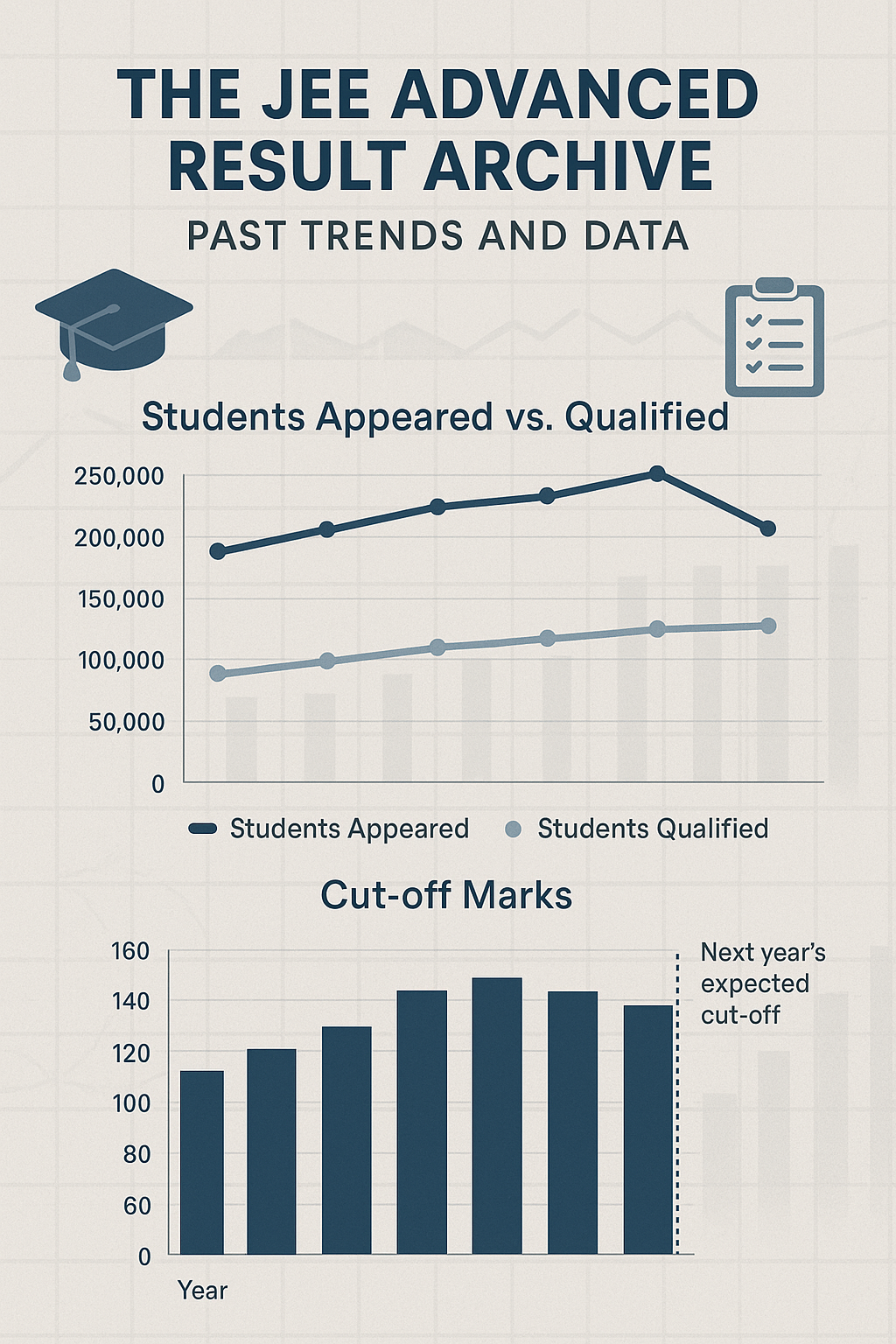
Explore the JEE Advanced Result Archive with past years’ data, insights on students appeared vs qualified, cut-off...
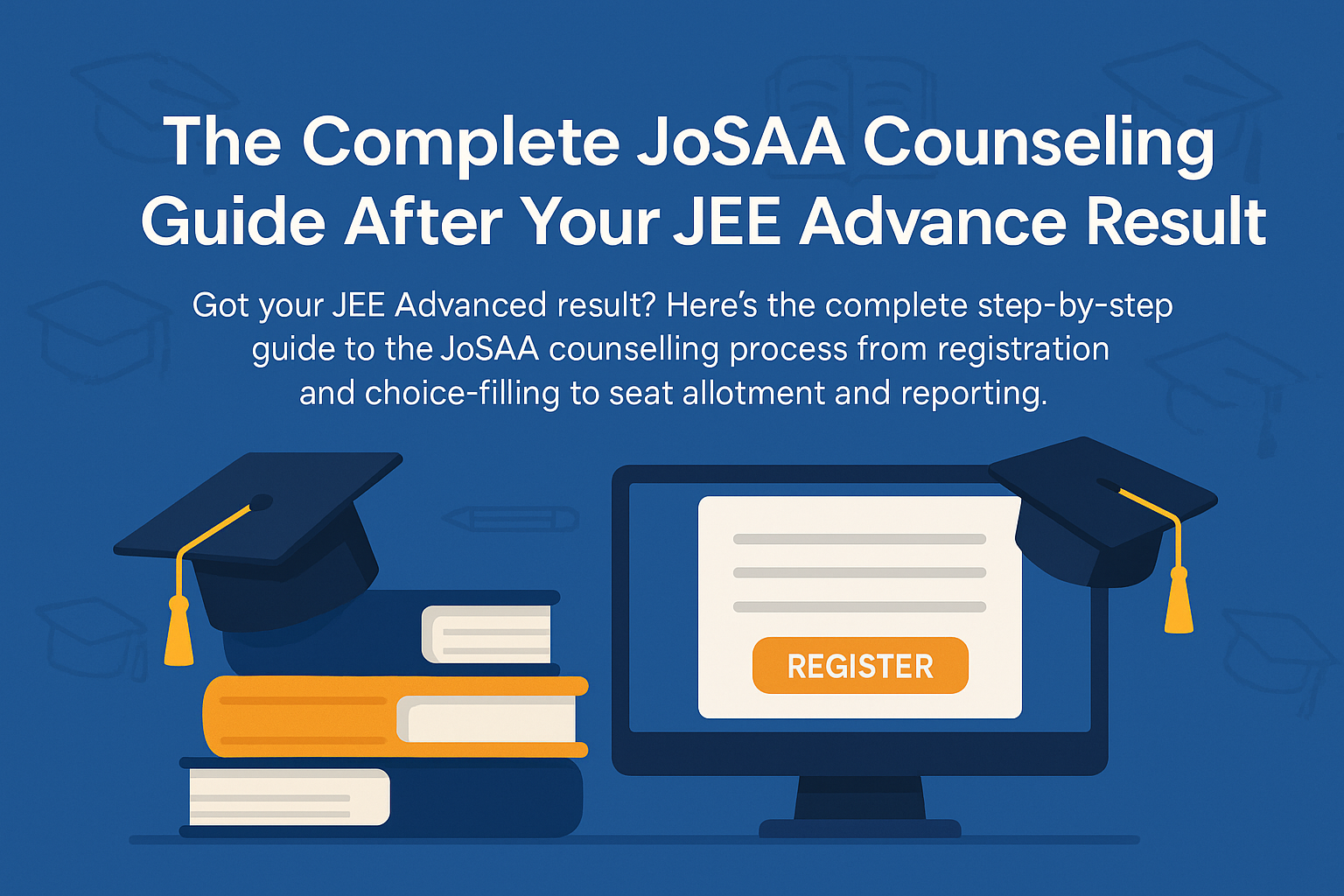
Got your JEE Advanced result? Here’s the complete step-by-step guide to the JoSAA counselling process from...
.jpg?width=500)
How many seats in JEE Advanced? Explore IIT seat distribution across all branches like CSE, Mechanical, Aerospace,...
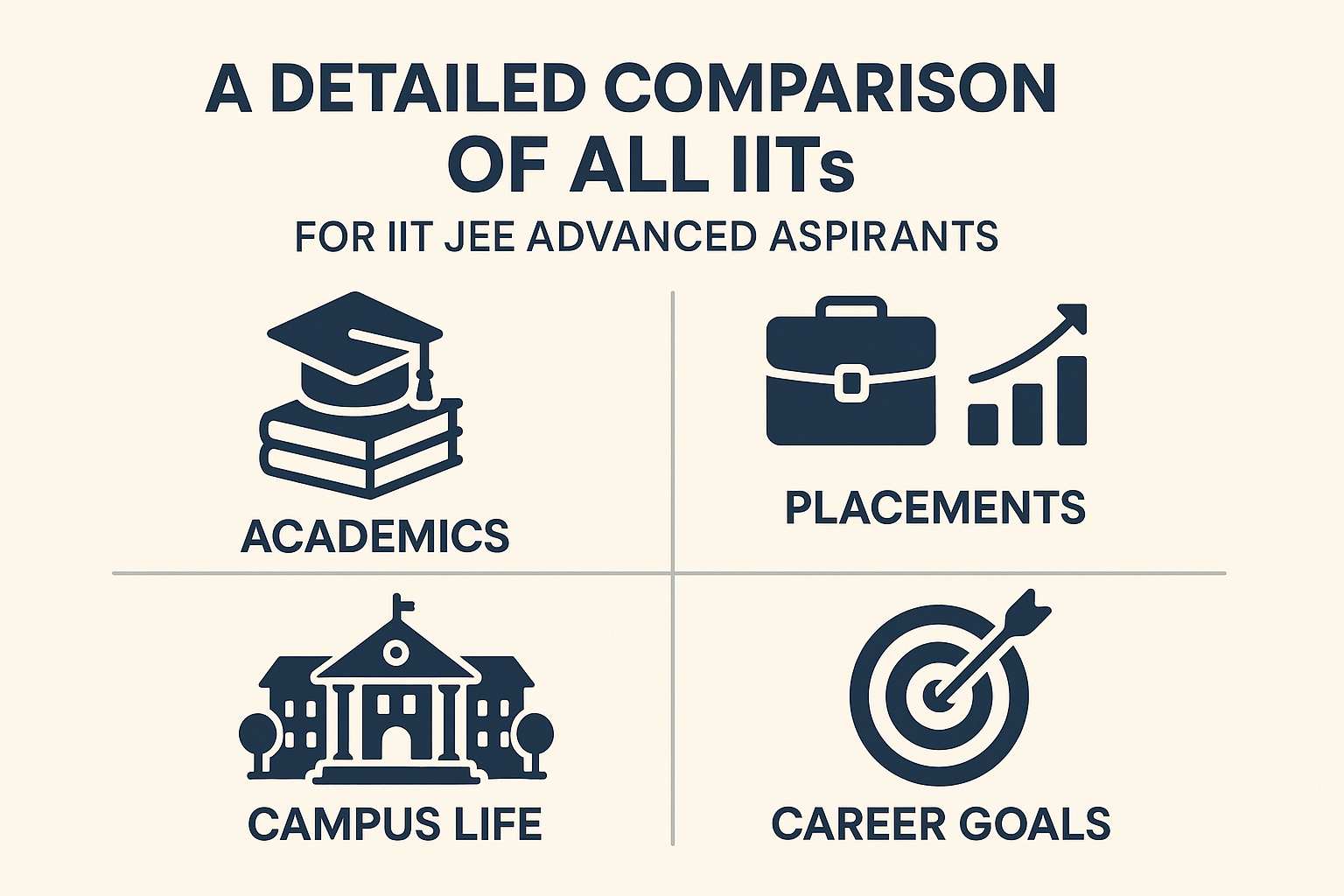
Compare all IITs for JEE Advanced aspirants. Learn about academics, placements, campus life, and find which IIT is...
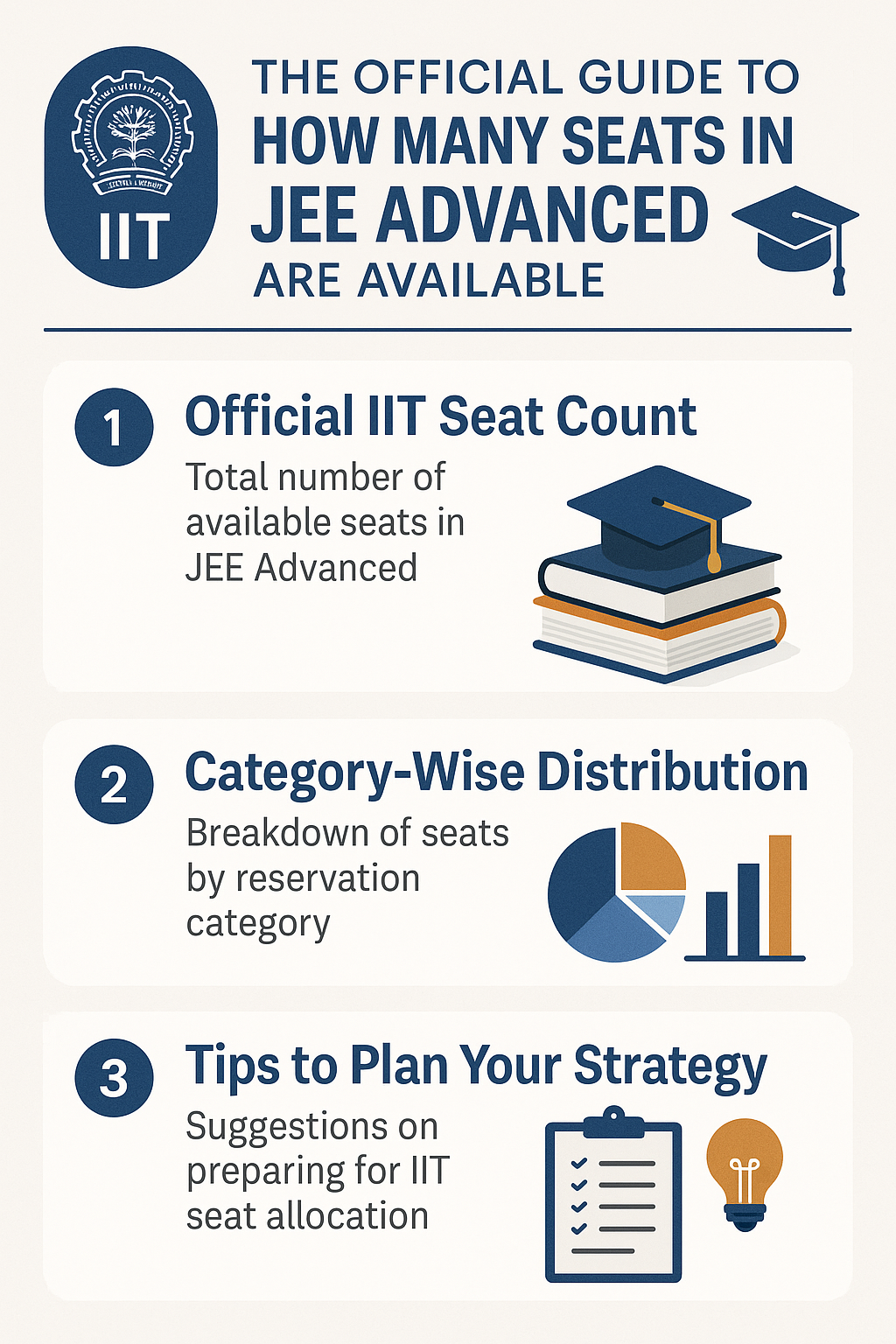
Wondering how many seats in JEE Advanced are available? Get the official IIT seat count, category-wise distribution,...
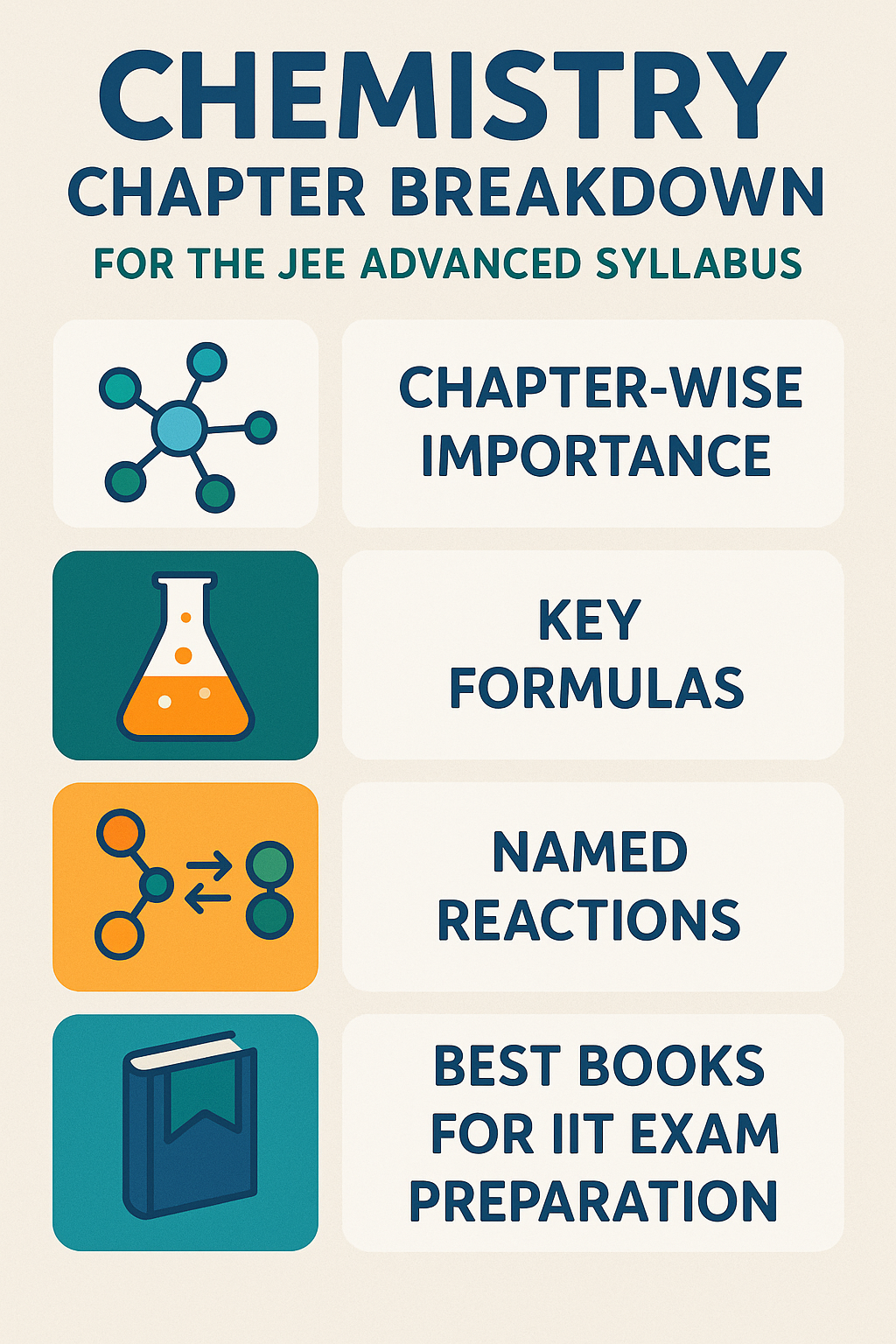
Explore the Chemistry JEE Advanced syllabus with chapter-wise importance, key formulas, named reactions, and the...
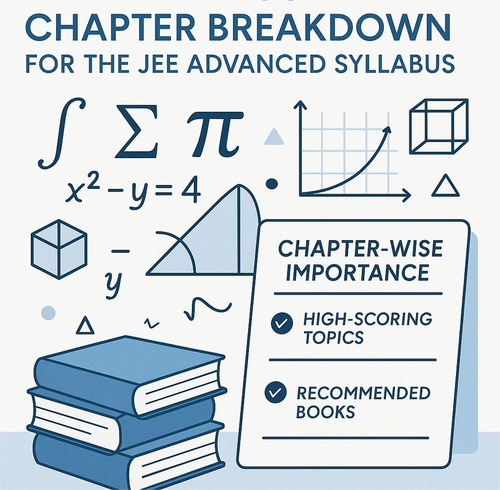
Explore the Maths JEE Advanced syllabus with chapter-wise importance, high-scoring topics, and the best books to...
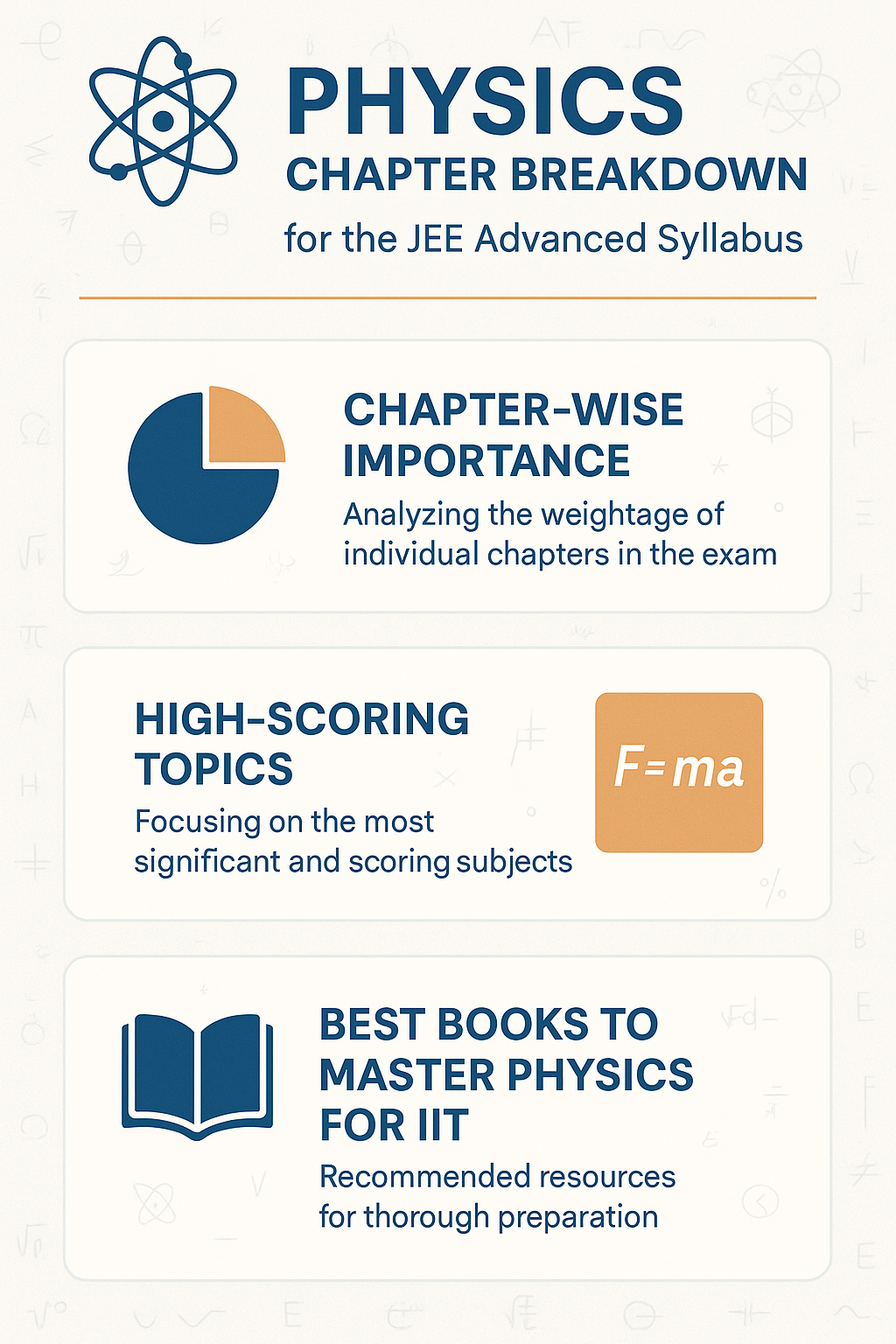
Explore the Physics portion of the JEE Advanced syllabus. Get chapter-wise importance, high-scoring topics, and the...

Learn the complete JEE Advanced registration process. Check eligibility, required documents, fees, and step-by-step...
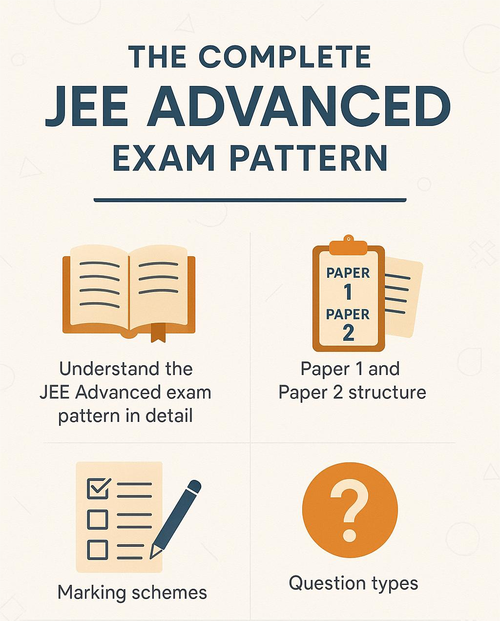
Understand the JEE Advanced exam pattern in detail. Learn about Paper 1 and Paper 2 structure, marking schemes,...
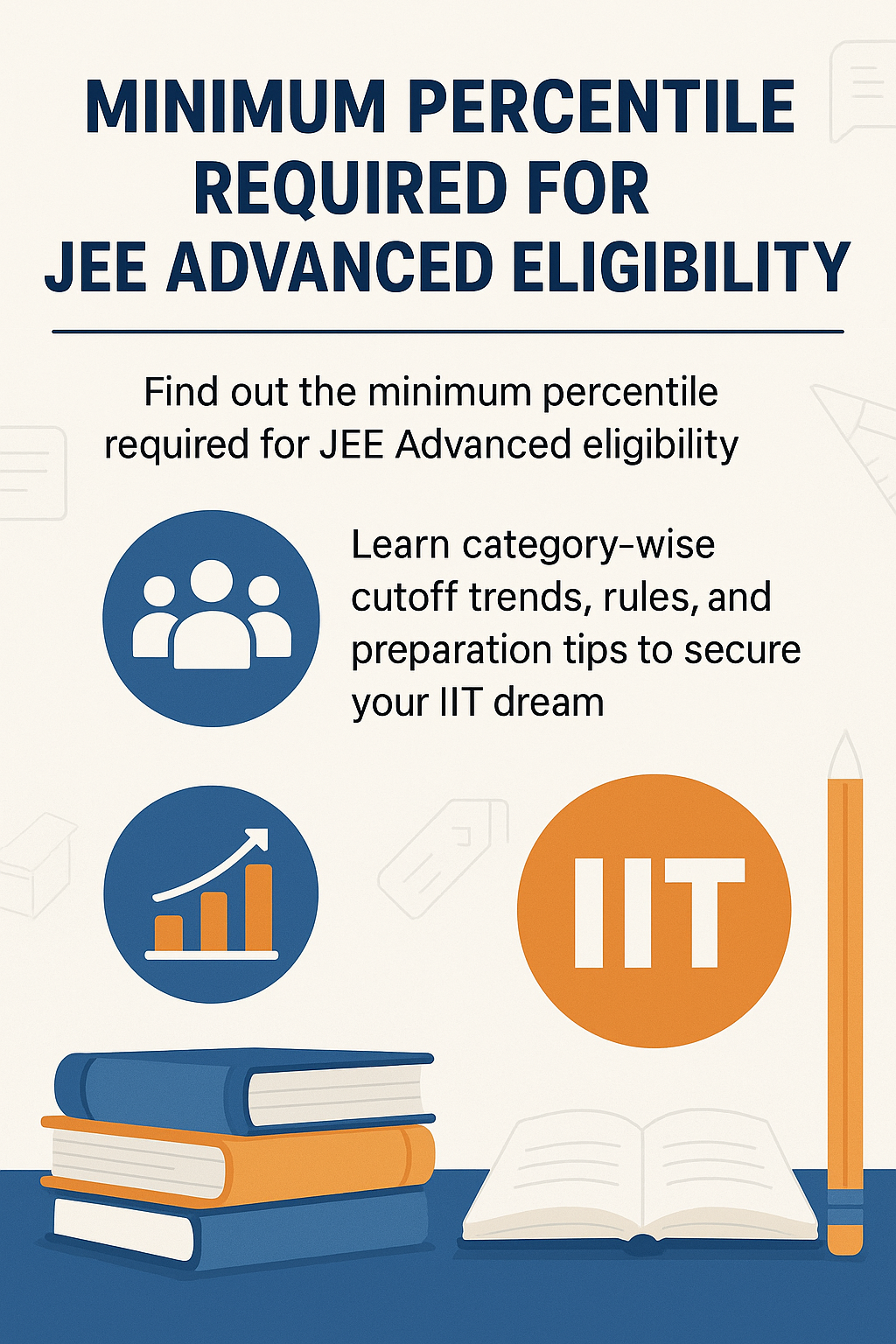
Find out the minimum percentile required for JEE Advanced eligibility. Learn category-wise cutoff trends, rules, and...
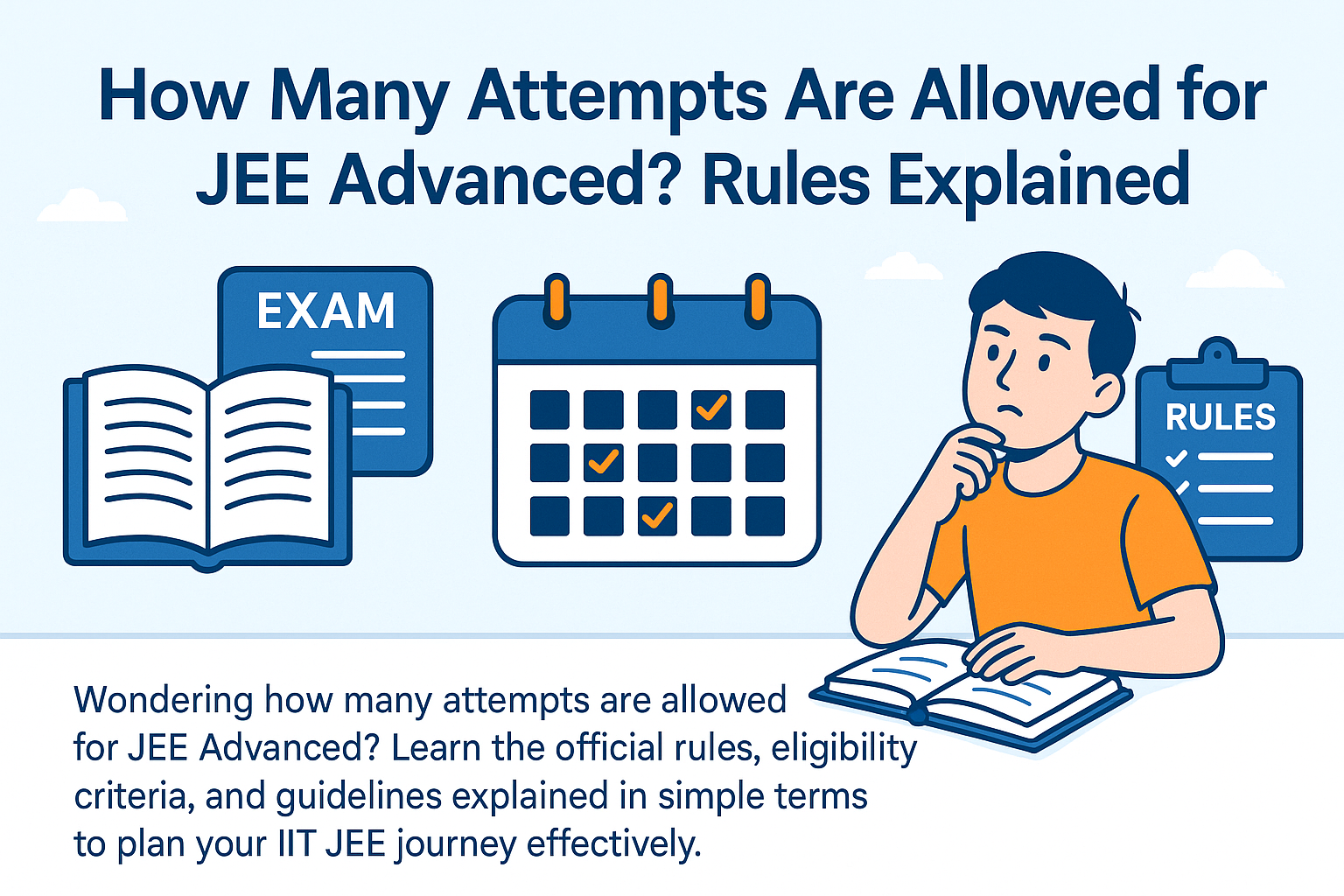
Wondering how many attempts are allowed for JEE Advanced? Learn the official rules, eligibility criteria, and...
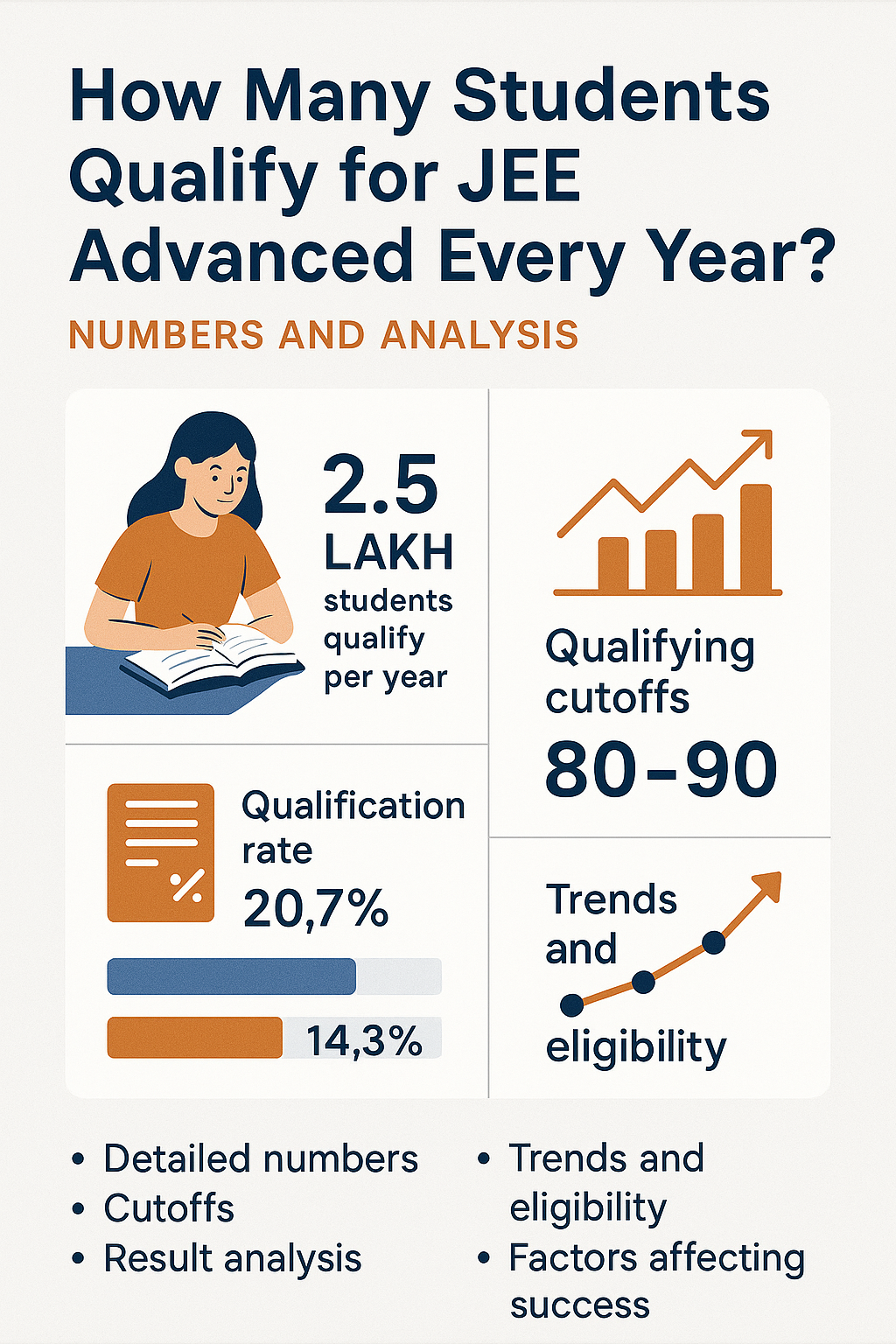
Discover how many students qualify for JEE Advanced every year with detailed numbers, cutoffs, and result analysis....

Stay updated with the latest JEE Advanced news. Get details on exam dates, registration process, results, and...

Explore the complete JEE Advanced syllabus with subject-wise topics, chapter weightage, and best books for Physics,...
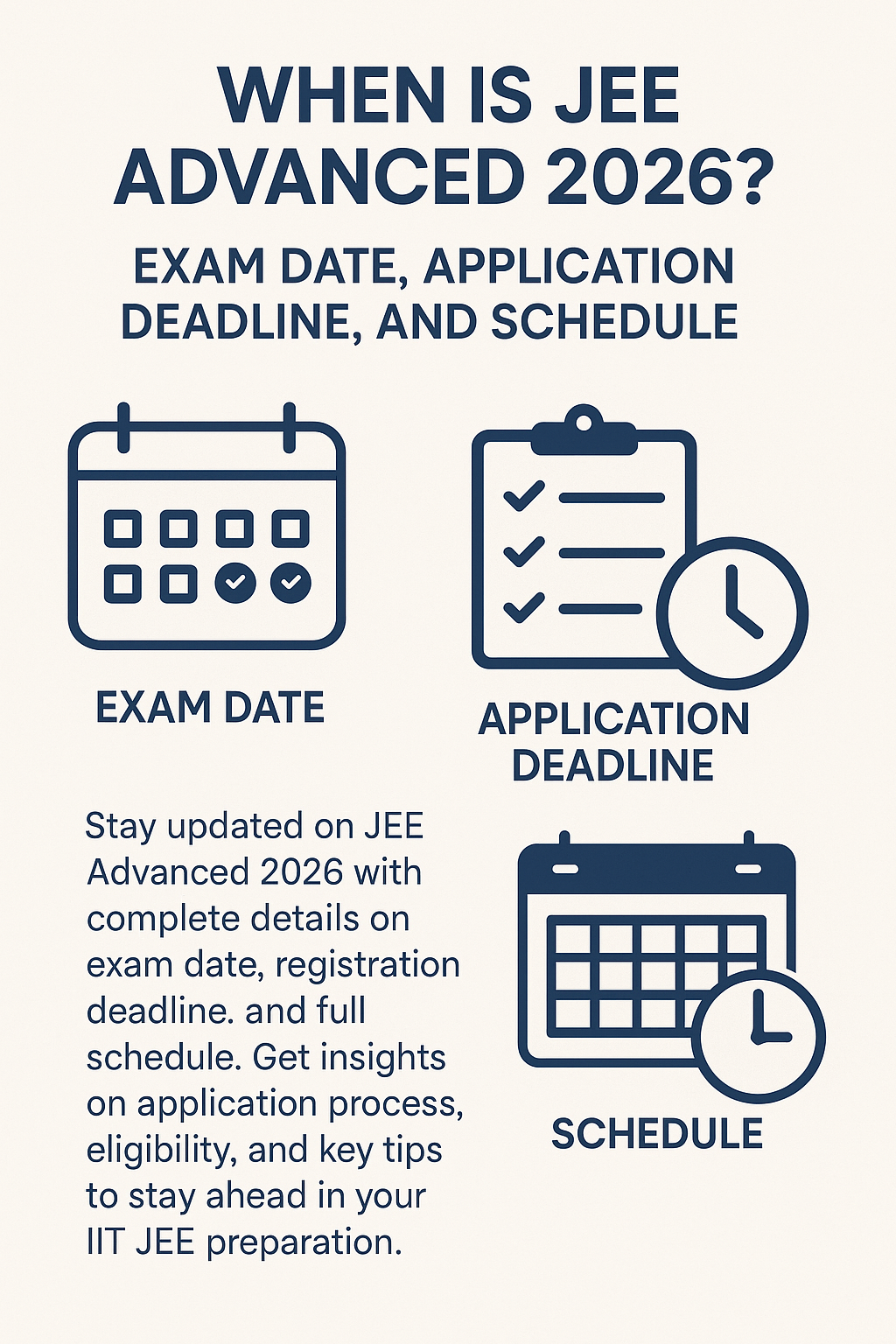
Stay updated on JEE Advanced 2026 with complete details on exam date, registration deadline, and full schedule. Get...
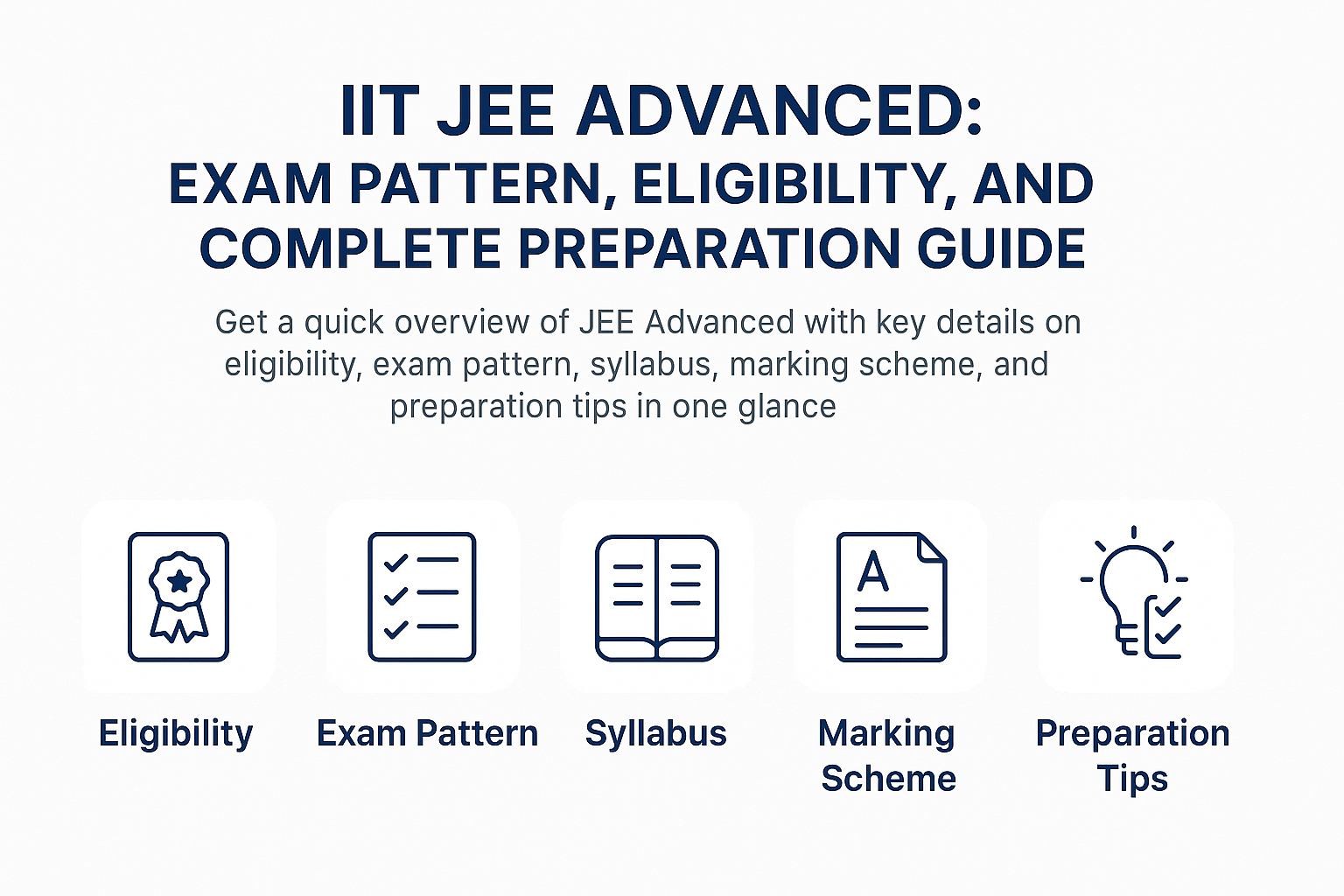
Get a quick overview of JEE Advanced with key details on eligibility, exam pattern, syllabus, marking scheme, and...
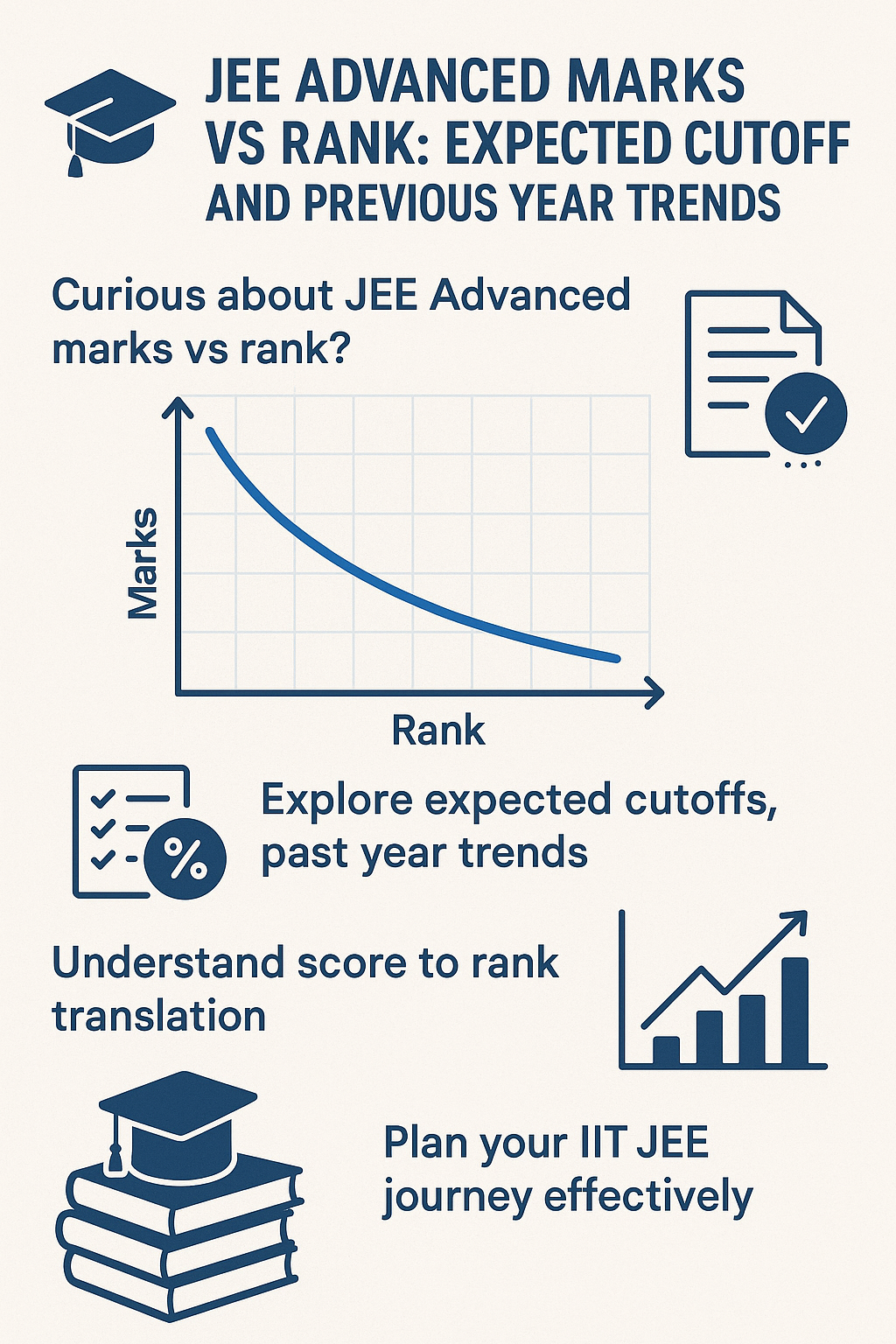
Curious about JEE Advanced marks vs rank? Explore expected cutoffs, past year trends, and how your score translates...
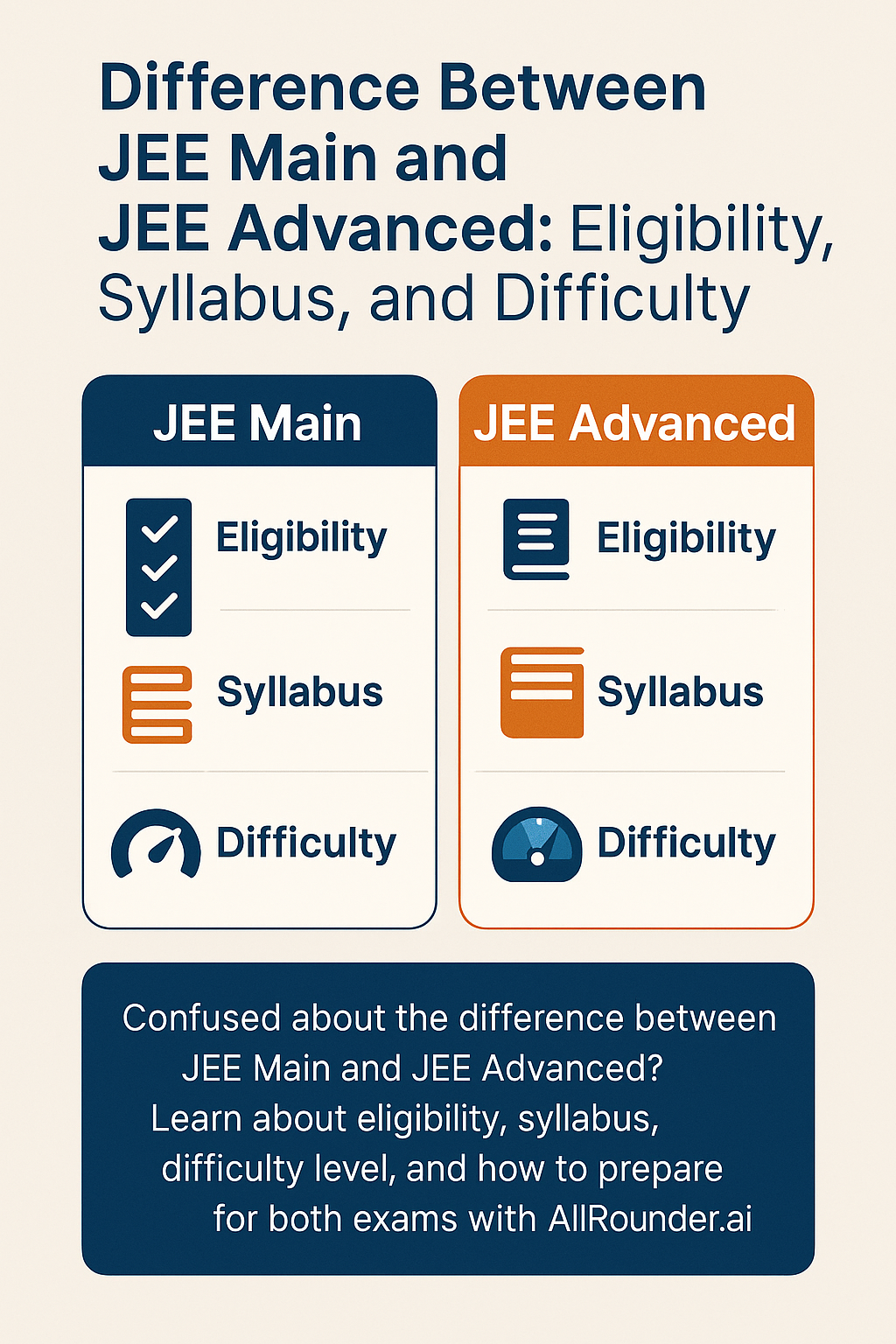
Confused about the difference between JEE Main and JEE Advanced? Learn about eligibility, syllabus, difficulty...
Resources
-
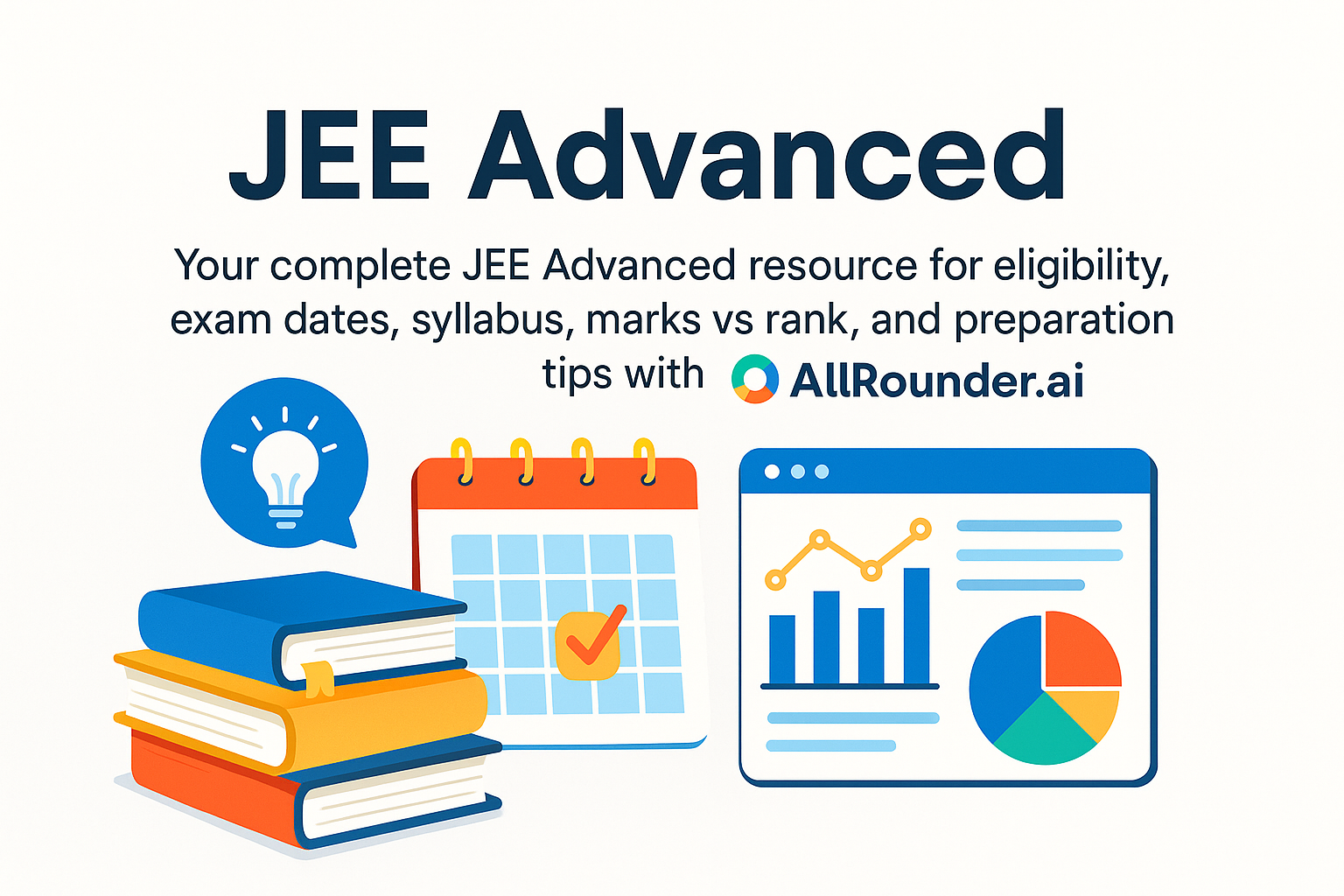
Your complete JEE Advanced resource for eligibility, exam dates, syllabus, marks vs rank, and...
-

Understand the entire JEE Main process, from application and eligibility rules to the exam...
-

Explore the IB Board – a global curriculum emphasizing holistic, student-centered learning...
-

Learn about CBSE – India’s national school board offering a standardized curriculum, NCERT...
-

Explore everything about the ICSE board – its curriculum, subjects, exam format, and academic...

